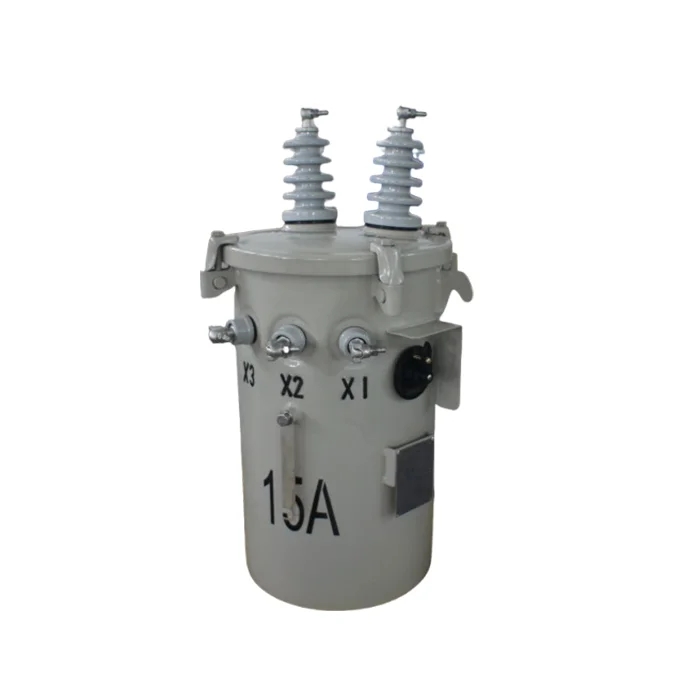Graphite, a naturally occurring form of carbon with a unique crystalline structure, is renowned for its versatility and widespread applications. Its properties, such as high thermal conductivity, electrical conductivity, and lubricating ability, make it a valuable material across various industries. This article explores five significant uses of graphite, highlighting its importance and impact on modern technology and industry.
- Battery Technology High-Performance Batteries
Graphite plays a crucial role in battery technology, particularly in lithium-ion batteries. These batteries are used in a wide range of applications, from electric vehicles (EVs) to portable electronics. Graphite serves as the anode material in these batteries due to its ability to intercalate lithium ions efficiently.
- Performance: The use of graphite anodes allows for high energy density, long cycle life, and stable performance under varying conditions.
- Advancements: Recent developments in battery technology have focused on enhancing the performance of graphite-based anodes, including the development of artificial and synthetic graphites to improve battery efficiency and longevity.
- Lubricants Industrial Lubrication
Graphite's lubricating properties make it ideal for use in various lubrication applications. Its layered structure allows it to act as a dry lubricant, reducing friction and wear between surfaces without the need for liquid or grease.
- Applications: Graphite lubricants are used in high-temperature and high-pressure environments, such as in engines, machinery, and industrial equipment.
- Benefits: The key advantages of graphite lubricants include their ability to withstand extreme temperatures, resistance to chemical corrosion, and low maintenance requirements.
- Refractories Heat-Resistant Materials
Graphite is widely used in the production of refractory materials, which are essential for withstanding high temperatures in industrial processes. Refractory materials made with graphite are used in furnaces, kilns, and reactors.
- Properties: Graphite refractories offer excellent thermal conductivity, resistance to thermal shock, and chemical stability, making them suitable for demanding applications.
- Uses: They are employed in the steelmaking industry, non-ferrous metal production, and the manufacturing of ceramics and glass.
- Conductive Materials Electronics and Conductive Additives
Graphite's high electrical conductivity makes it an invaluable component in various electronic and conductive applications. It is used as a conductive additive in composite materials and as a key ingredient in electrodes for electric arc furnaces and other electrical applications.
- Applications: Graphite is used in the production of conductive coatings, antistatic materials, and electrical contacts.
- Innovation: Advances in nanotechnology have led to the development of graphene, a single layer of graphite, which has remarkable electrical, thermal, and mechanical properties, expanding the potential applications in electronics and energy storage.
- Composite Materials Enhanced Performance Materials
Graphite is incorporated into composite materials to enhance their mechanical properties and performance. These composites combine graphite with other materials to achieve desired characteristics, such as increased strength, flexibility, and thermal conductivity.
- Applications: Graphite composites are used in aerospace, automotive, and sporting equipment industries. For example, carbon fiber reinforced polymers (CFRPs) use graphite fibers to produce lightweight and high-strength materials for aircraft and high-performance vehicles.
- Advantages: The use of graphite in composites provides superior strength-to-weight ratios, high thermal resistance, and improved durability. Conclusion
Graphite's diverse range of properties and applications underscores its significance in modern technology and industry. From enhancing battery performance and providing lubrication to contributing to high-temperature refractories, conductive materials, and advanced composites, graphite proves to be a crucial material in various sectors.







